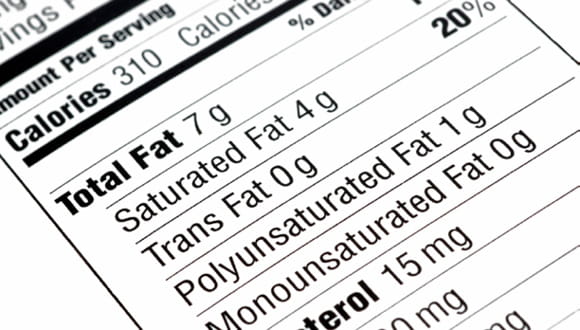Food marketing can be persuasive. Packaging labels are full of buzzwords — low fat, gluten-free, high fiber, all natural — which can sometimes lure you into buying something that might not be as healthy as you think it is. And, many processed foods hide behind a health halo.
The “health halo” refers to foods that pretend to be more than what they are, which causes us to let down our guard. This means you may have more cookies than you normally would, just because the package says they’re low-fat.
Here’s what you need to know to defend yourself.
Understand the difference between fake and real fiber
Fiber is one of the hottest nutrition buzzwords. Food companies using fake fibers to ramp up fiber content on nutrition labels. Watch out for:
- Inulin – made from chicory root
- Maltodextrin – made from rice, corn or potato starch. Sometimes it’s made from barley or wheat
- Polydextrose – made from glucose, or sugar, mixed with sorbitol, a sugar alcohol
- Oat fiber – made by extracting fiber from oats
Fake fibers aren’t harmful, but they can cause bloating. They also don’t possess the same health benefits as naturally occurring, intact fiber found in foods like fruits and vegetables.
Gluten-free doesn’t equal healthy
Many people experiment with a gluten-free diet for curiosity’s sake. But few people have a medical reason to avoid gluten, a protein found in wheat, barley and rye. Going gluten-free will not offer health benefits for most people. And, gluten-free foods can be twice as expensive as their gluten counterparts, as well as higher in calories and sugar. Even though a food is gluten-free doesn’t mean it’s more nutritious.
Don’t be fooled by all-natural
The claim of “all natural” is designed to make you believe a product is farm fresh. But, unfortunately, the term is meaningless because it hasn’t been defined. Read the ingredients list on the package. The product probably isn’t natural if you can’t pronounce an ingredient or it contains more than five ingredients.


